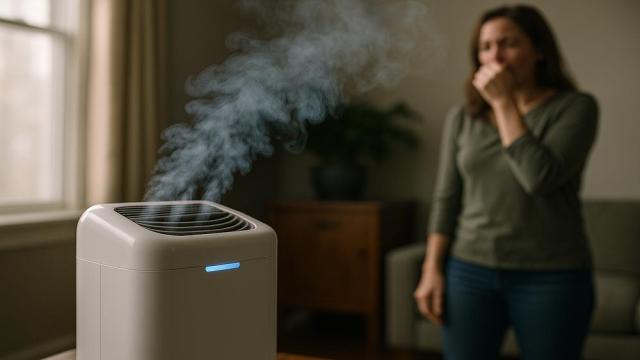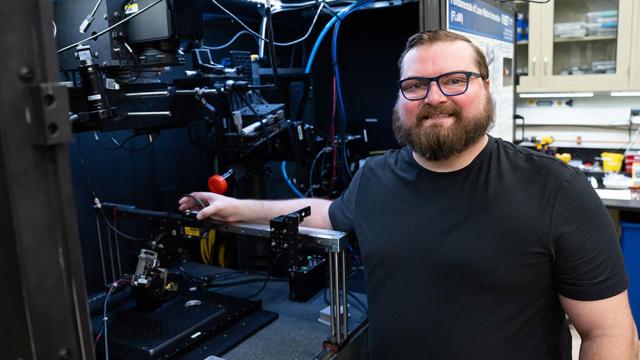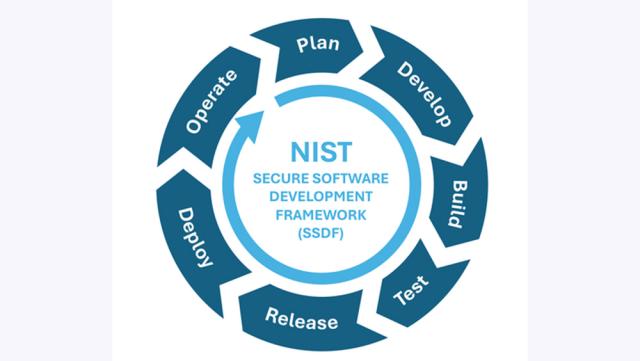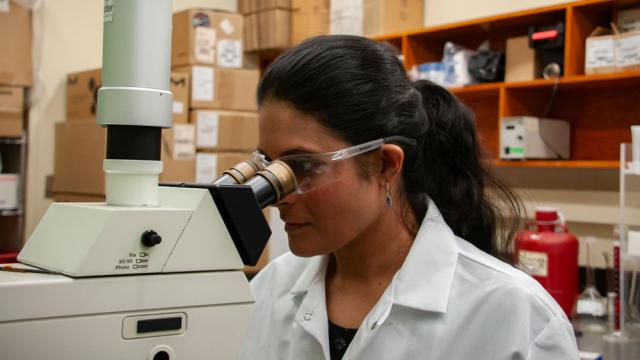Content by NIST
CAISI Evaluation of DeepSeek AI Models Finds Shortcomings and RisksChinese developer lags behind US in performance, cost, security, and adoption
Wed, 10/29/2025 - 12:03
(NIST: Gaithersburg, MD) -- The Center for AI Standards and Innovation (CAISI) at the U.S. Department of Commerce’s National Institute of Standards and Technology (NIST) evaluated AI models from the People’s Republic of China (PRC) developer…
Wed, 10/22/2025 - 12:02
In the wake of Covid-19 and widespread wildfires, demand skyrocketed for air cleaners, machines that could remove potentially harmful particles from the air in a home. Manufacturers responded by producing a wider variety of air cleaner devices… NIST Announces Proposals to Advance Microelectronics TechnologiesCHIPS for America to support critical research, prototyping, and commercial solutions
Mon, 10/20/2025 - 12:03
(NIST: Gaithersburg, MD) -- The U.S. Department of Commerce’s National Institute of Standards and Technology (NIST) has released a broad agency announcement (BAA) soliciting proposals for research, prototyping, and commercial solutions that advance… NIST Awards More Than $3.3 Million to Develop Cybersecurity Workforce in 13 StatesMore than 514,000 cybersecurity job openings in the U.S., but only about 74 workers per 100
Thu, 10/02/2025 - 12:03
(NIST: Gaithersburg, MD) -- The U.S. Department of Commerce’s National Institute of Standards and Technology (NIST) has announced more than $3.3 million in cooperative agreements intended to develop the workforce needed to protect our nation’s…
Wed, 10/01/2025 - 12:02
Even if you’ve never heard of “light caustics,” you’ve probably seen them. They’re the ethereal patterns of light that coat the bottoms of swimming pools and break up the shadows of glass. Anywhere light is bent or reflected by a curved surface,… NIST Guidelines Can Help Organizations Detect Face Photo MorphsDeterring identity fraud
Wed, 09/17/2025 - 12:03
(NIST: Gaithersburg, MD) -- Face morphing software, which can blend photos of different people’s faces into a single synthesized image, can make it easier for bad actors to bypass identity verification systems in buildings, at borders, in airports,… NIST Finalizes ‘Lightweight Cryptography’ Standard to Protect Small DevicesFour related algorithms are ready for use to protect data created and transmitted by the internet of things and other electronics
Thu, 09/11/2025 - 14:03
(NIST: Gaithersburg, MD) -- It’s the little things that matter most, as the saying goes, and the National Institute of Standards and Technology (NIST) has their back. NIST’s newly finalized lightweight cryptography standard provides a defense from… NIST Researchers Develop More Accurate Formula for Measuring Particle ConcentrationNew method will be useful in nanomedicine, food science, environmental science, and advanced manufacturing
Wed, 09/10/2025 - 12:03
(NIST: Gaithersburg, MD) -- Researchers at the National Institute of Standards and Technology (NIST) have developed a new mathematical formula to calculate the concentration of particles suspended in a solution. The new approach, which yields more…
Thu, 08/28/2025 - 12:02
To support the creation of software that is secure against cyber-breaches and free of malicious code, the U.S. Department of Commerce’s National Institute of Standards and Technology (NIST) is working with industry partners through a consortium…
Mon, 08/25/2025 - 12:03
A rapidly growing category of drugs called protein-based biotherapeutics can be used to treat cancers and genetic and autoimmune disorders. These drugs, which usually take the form of large protein molecules, are manufactured by growing living cells…